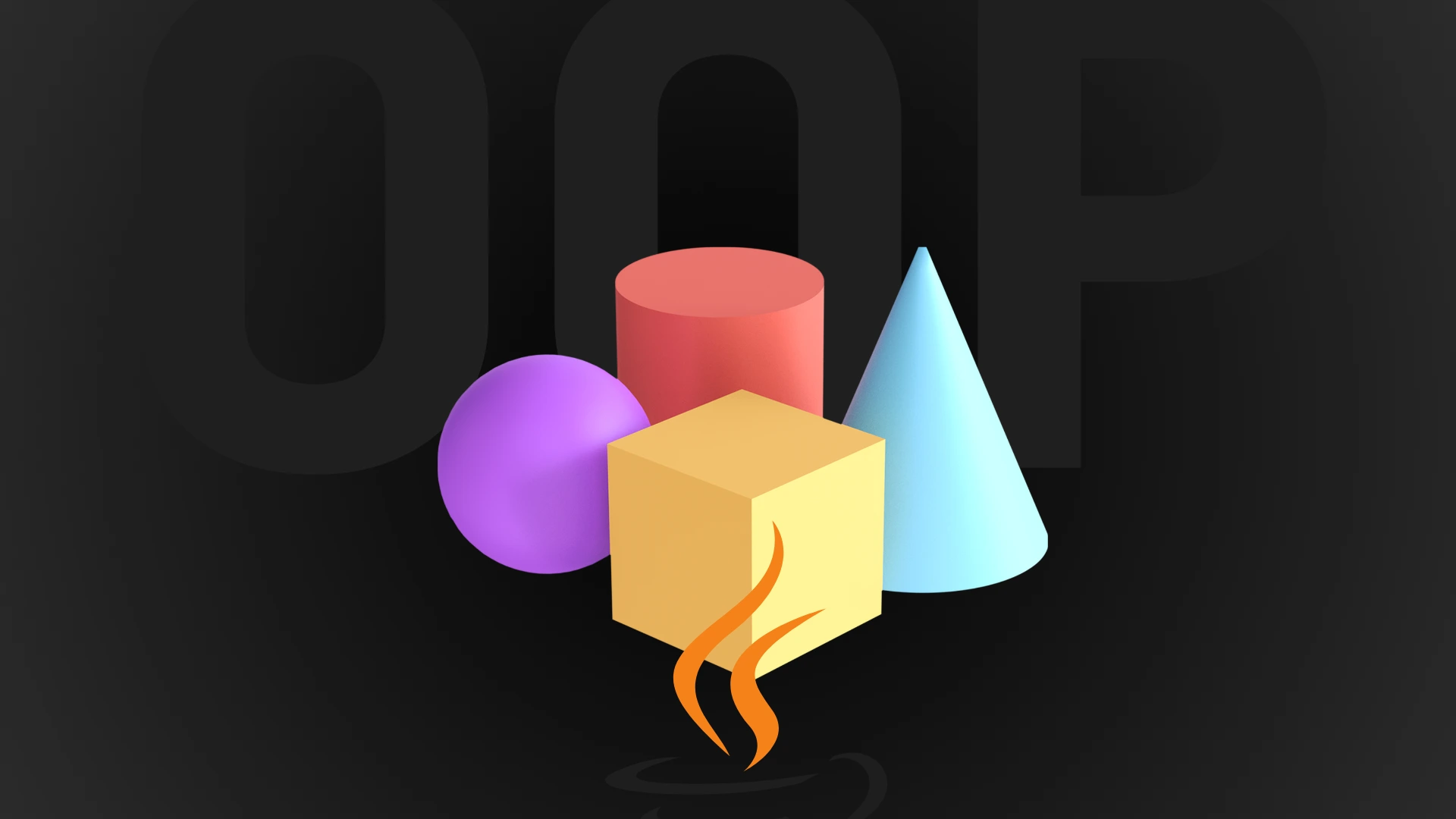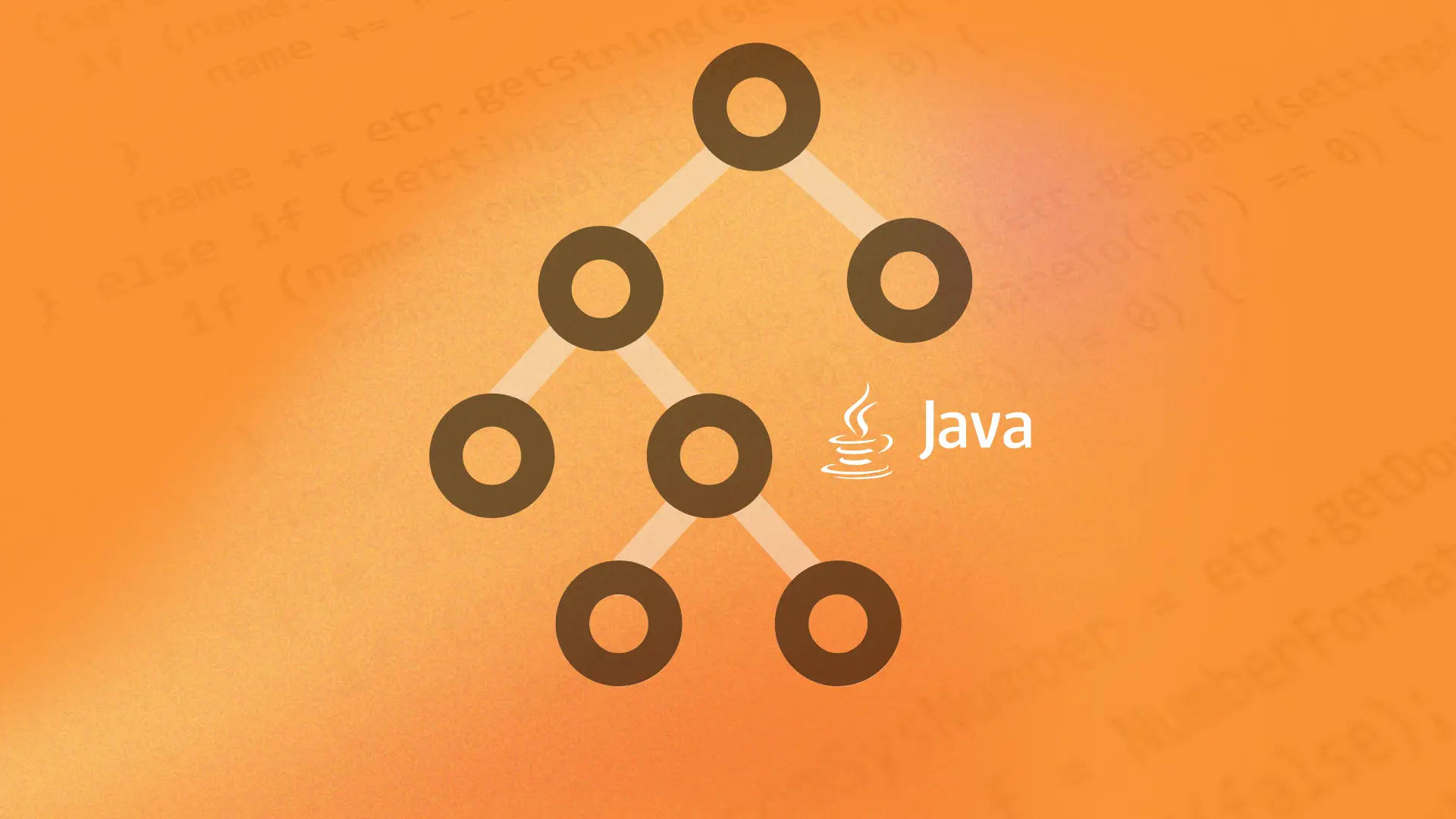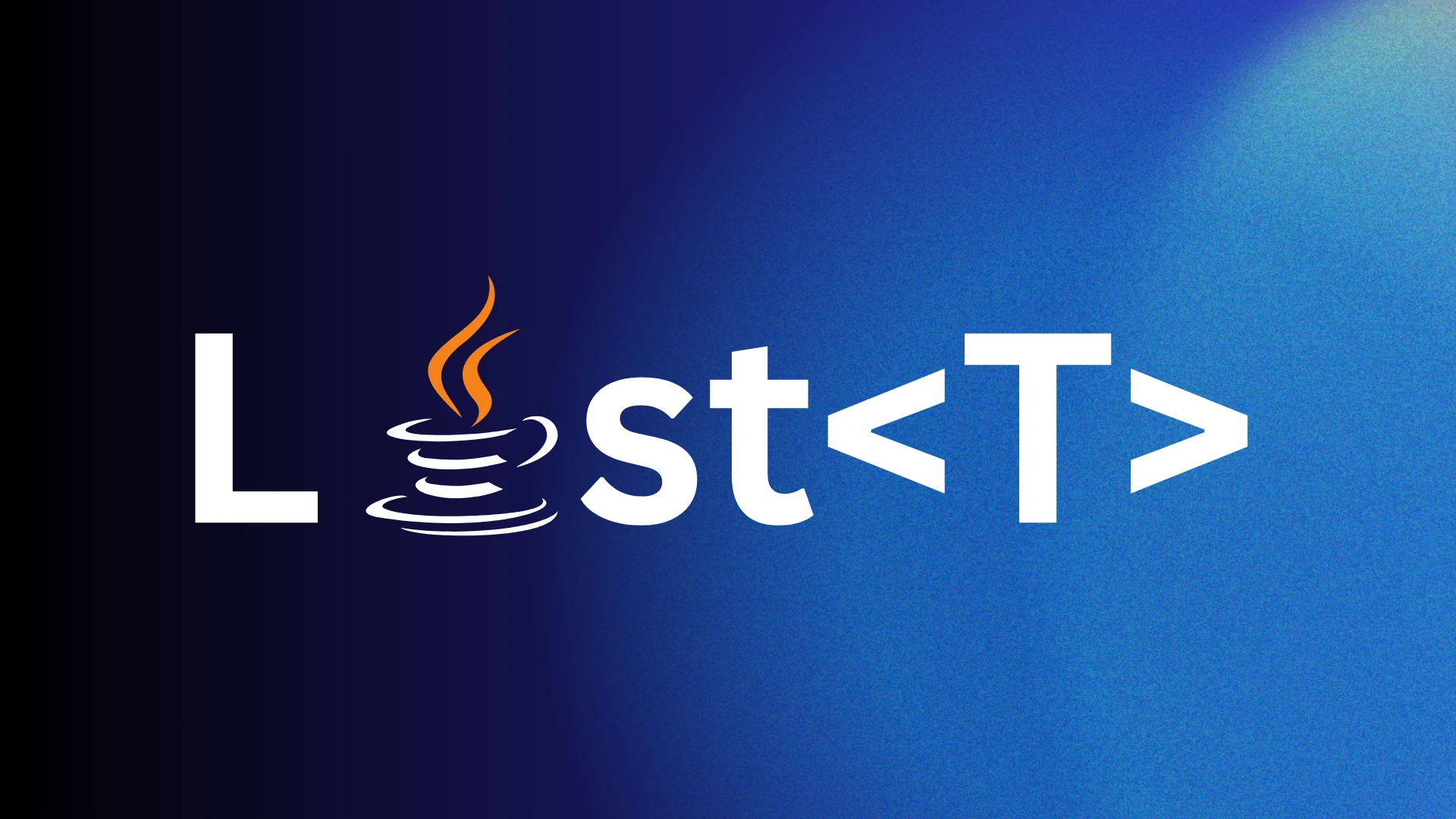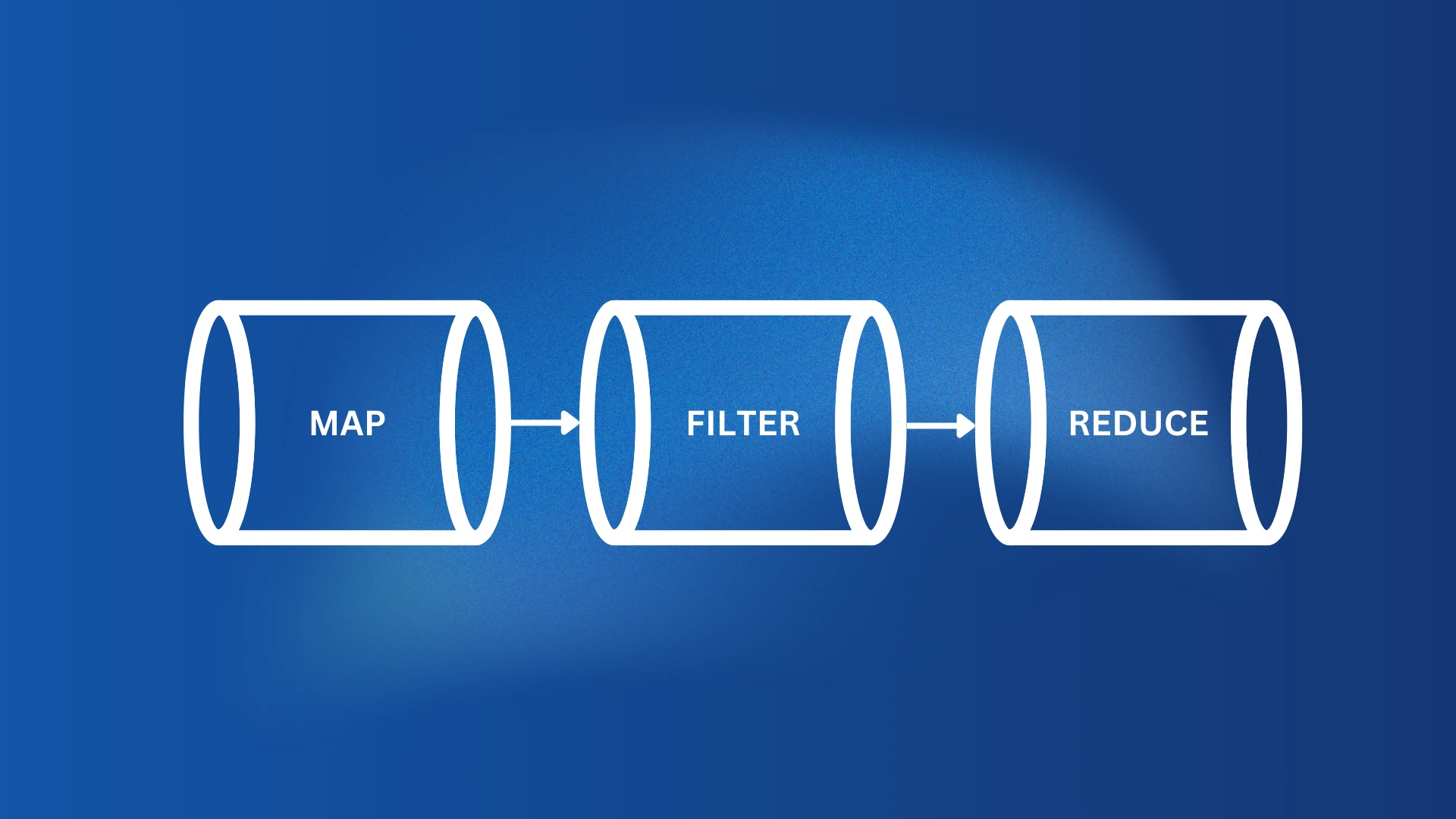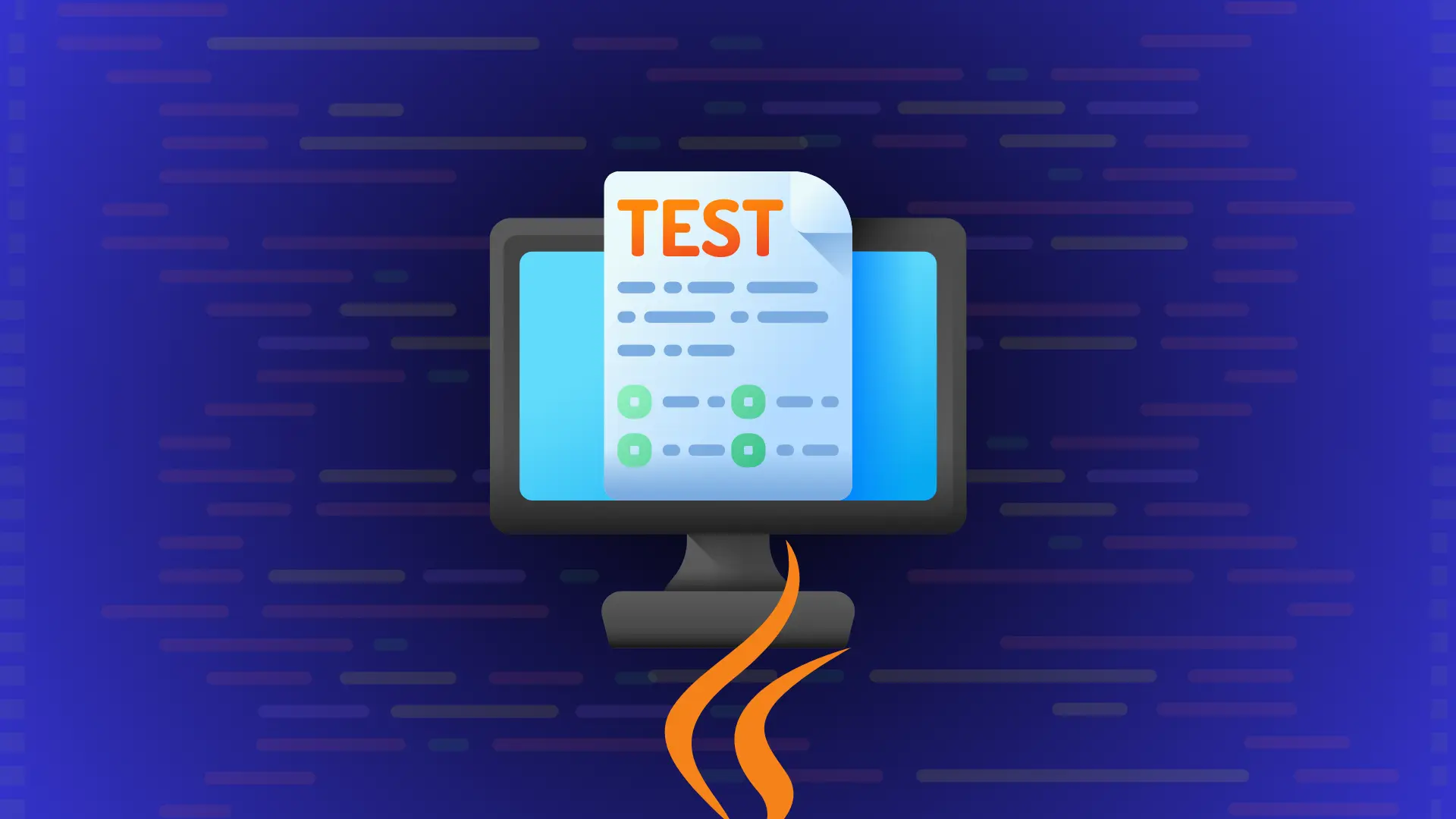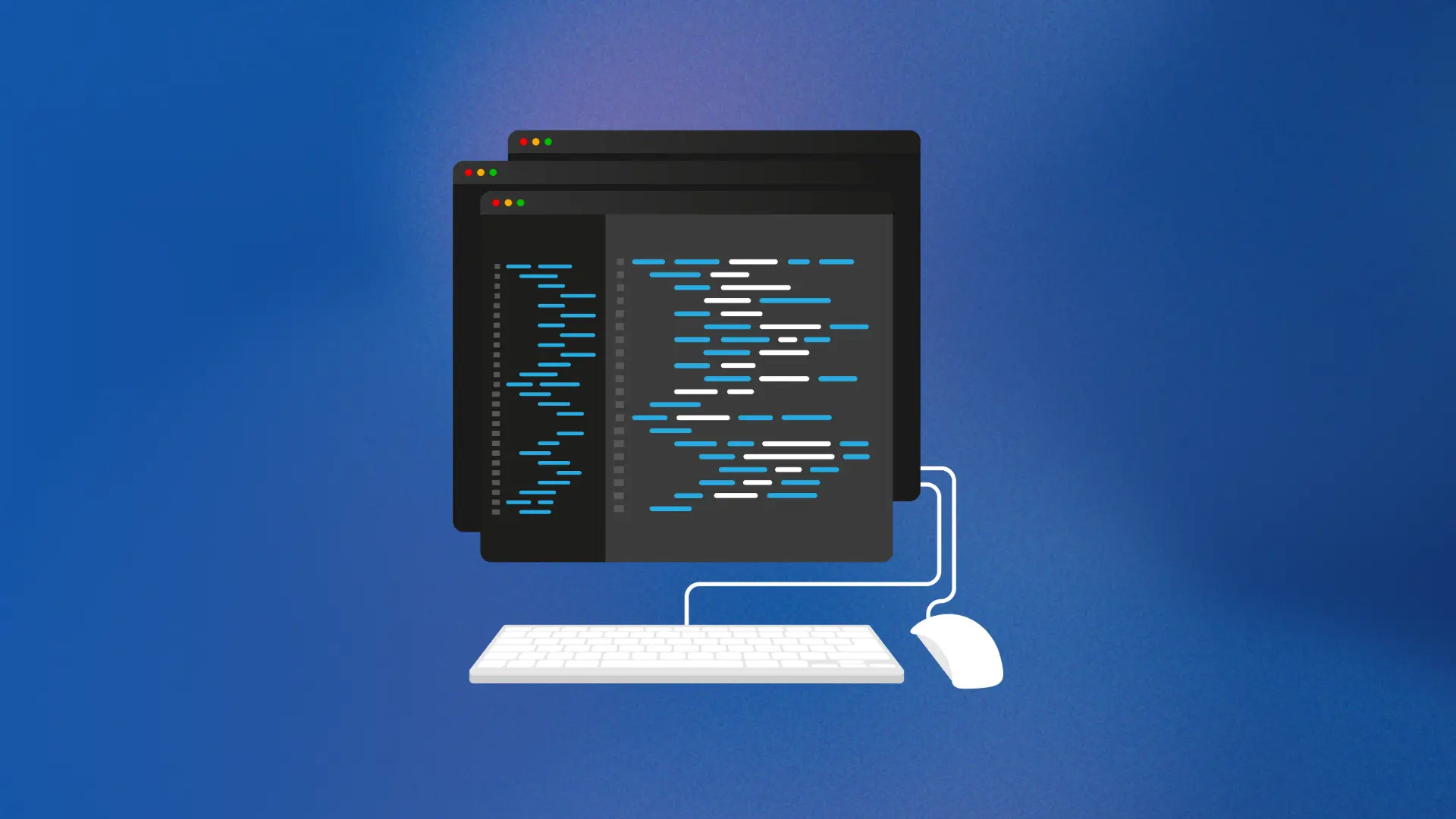
For Java & Spring Developers
Java Master Class
Master everything you need with this comprehensive bundle
Stop wasting years learning Java from random tutorials. Get the complete system that takes you from absolute beginner to Java expert—mastering OOP, data structures, generics, functional programming, streams, Maven, and testing. Everything you need to write production-ready Java code that gets you hired.
Join 100,000+ other developers
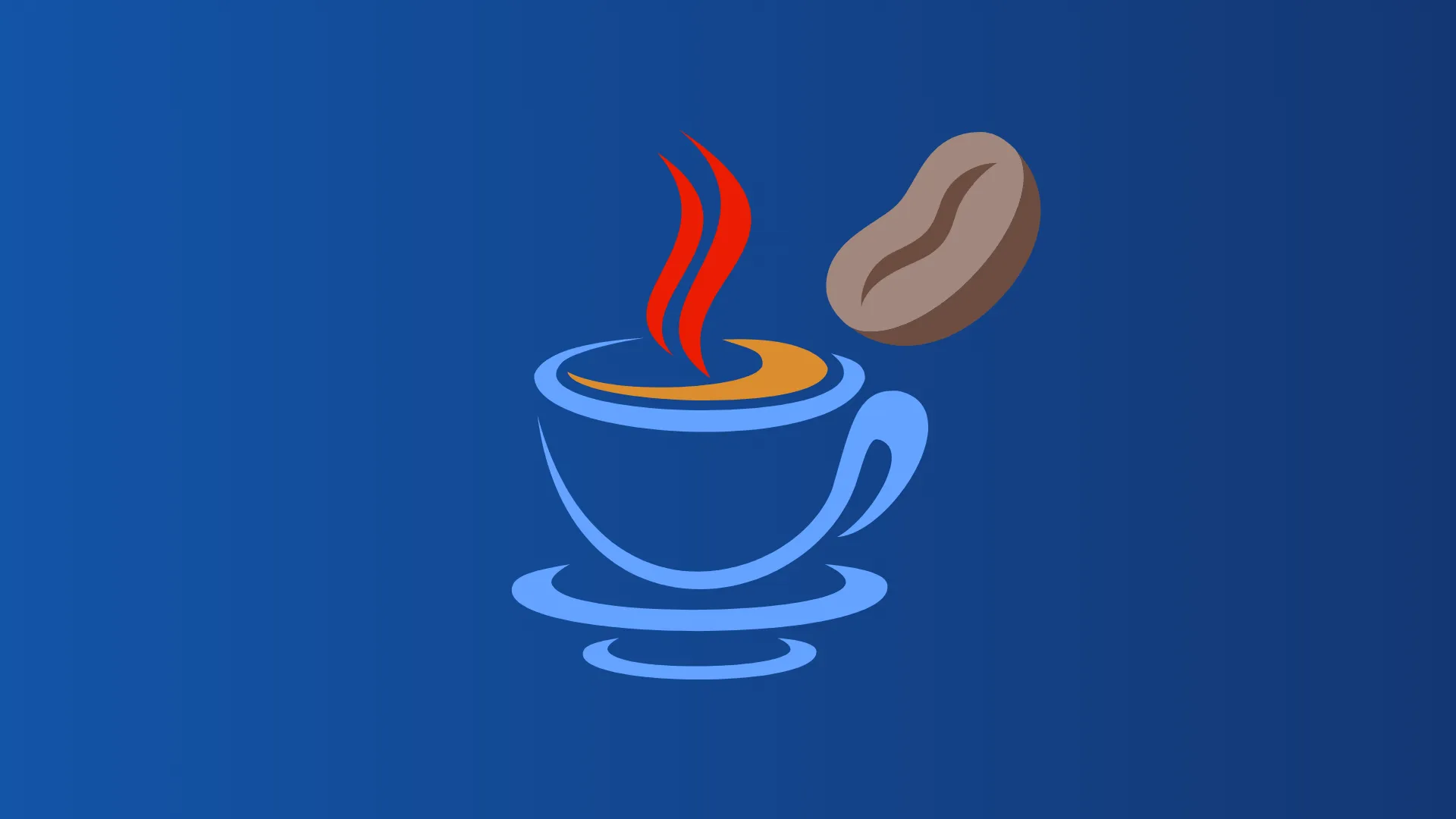
Includes 15 Days Money-Back Guarantee

Josh Long
Spring Developer Advocate
"Amigoscode does a pretty darned good job, and consistently too, covering Spring and for that, I'm very appreciative!"
I've Been There
Does This Sound Like You?
You've written 1000+ lines of Java code and you STILL don't understand OOP—you're just copying classes from Stack Overflow without knowing WHY
You can write basic Java but data structures? Generics? Streams? You're completely lost and your code looks like it's from 2010
You're using Arrays everywhere when you should be using Lists, Sets, and Maps—and you have NO IDEA which data structure to choose
You've heard about 'functional programming' and 'streams' but every time you try to use them, your code breaks and you go back to for-loops
You can't write a single unit test to save your life. Your code works in your IDE but breaks in production and you have NO IDEA why
You're manually managing dependencies and building projects like it's 2005—you don't even know what Maven is or why you need it
You see job postings asking for 'Java expertise' and you know you're not even close—you're just googling syntax every single time
You're spending 3 hours debugging what should take 10 minutes because you don't know IntelliJ shortcuts and productivity tricks
You can write code but you can't design a class hierarchy, use generics, or write testable code—your projects are a mess
You've watched 50+ Java tutorials and you're STILL confused about inheritance, polymorphism, and when to use interfaces vs abstract classes
Courses Included
Courses Included in This Bundle
Get access to all these courses when you purchase this bundle
Tech Stack and Tools Used

linux

ubuntu

terminal

bash

git

github

codespaces

java

intellij

maven

spring

spring-boot

linux

ubuntu

terminal

bash

git

github

codespaces

java

intellij

maven

spring

spring-boot
The Bundle You've Been Waiting For
Learn Everything You Need To Master Java Master Class
Most tutorials and courses teach you bits and pieces. This bundle gives you the complete path, start to finish, so you're never wondering 'what's next?'
Java Master Class
Courses (14)
Linux Fundamentals
Learn the fundamentals of Linux and how to use the command line

Master Java From the Ground Up
Stop guessing at Java syntax. Learn variables, control flow, methods, and exception handling the RIGHT way—the way senior engineers at top companies actually write code. Build a solid foundation that doesn't break when you scale.
Master Object-Oriented Programming Like a Pro
Stop copying classes without understanding them. Master encapsulation, inheritance, polymorphism, and SOLID principles. Design class hierarchies that make sense, write reusable code, and stop creating spaghetti code that breaks in production.
Choose the Right Data Structure Every Time
Stop using Arrays for everything. Master Lists, Sets, Maps, Stacks, and Queues. Know exactly which data structure to use and WHY—your code will be faster, cleaner, and actually scalable.
Write Type-Safe Code with Generics
Stop getting ClassCastException errors. Master generics, bounded type parameters, and wildcards. Write reusable, type-safe code that prevents bugs before they happen—the way professional Java developers actually code.
Master Functional Programming and Streams
Stop writing verbose for-loops. Master lambdas, functional interfaces, and Java Streams. Process data declaratively, write cleaner code, and leverage the power of modern Java—your code will look professional, not amateur.
Build Projects Like a Professional
Stop manually managing dependencies. Master Maven for dependency management, building, and packaging. Work like a professional developer, not someone who's still using the command line to compile Java files.
Write Tests That Actually Catch Bugs
Stop shipping code that breaks in production. Master JUnit, AssertJ, and Test-Driven Development. Write tests that catch bugs before they reach users—build confidence in your code and stop debugging at 2 AM.
Work 2x Faster with IntelliJ Mastery
Stop wasting hours on basic tasks. Master IntelliJ shortcuts, debugging techniques, and productivity workflows that cut your development time in half. Your teammates will wonder how you code so fast.
Build Real Projects That Get You Hired
Stop building toy projects. Master the CLI project that integrates everything—OOP, data structures, streams, Maven, and testing. Build a portfolio project that actually demonstrates your Java expertise to employers.
Write Production-Ready Code from Day One
Stop writing code that works in tutorials but breaks in production. Master exception handling, file I/O, access modifiers, and best practices. Write code that senior engineers would actually approve in code reviews.
Start Building Today
Get the Complete Curriculum
Java Master Class is ready now. That's 14 complete courses that get you hired or promoted. All courses are included when you purchase this bundle.
Testimonial
Trusted by Industry Experts

Josh Long
Spring Developer Advocate
Amigoscode does a pretty darned good job, and consistently too, covering Spring and for that, I'm very appreciative!
Real Developers, Real Impact
Hear How Amigoscode Helped Our Students Thrive
Enroll Now
You've Spent Months Figuring This Out, Now Let Me Show You How to Build Software Like a Pro
Java Master Class
Hands-down the best thing you'll buy this year
Limited-Time Offer
Includes 15 Days Money-Back Guarantee

Josh Long
Spring Developer Advocate
"Amigoscode does a pretty darned good job, and consistently too, covering Spring and for that, I'm very appreciative!"
Everything Included
Extra bonuses
Trusted by 100,000+ developers worldwide:










FAQs
Got Questions? We've Got Answers!
See how our students are achieving their goals and excelling in tech
We're Featured on
Discover the platforms, publications, and communities where Amigoscode has been featured

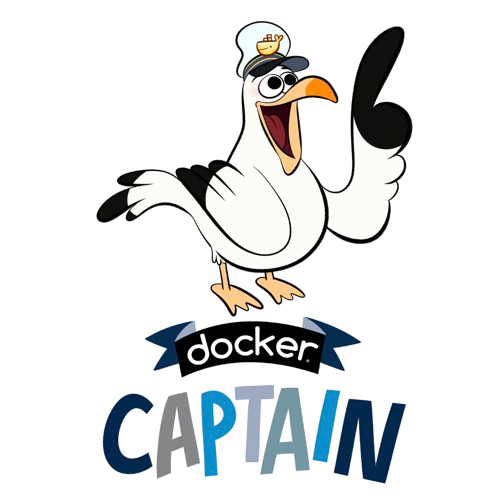
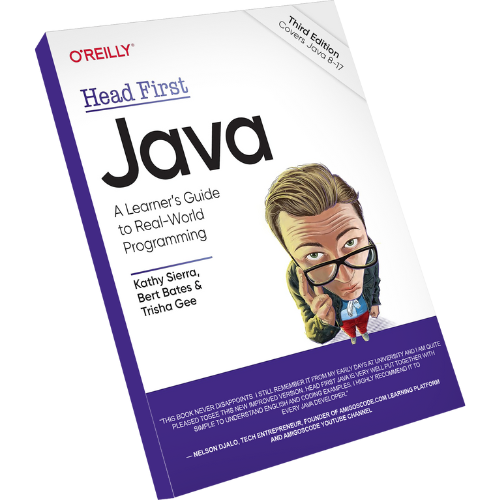
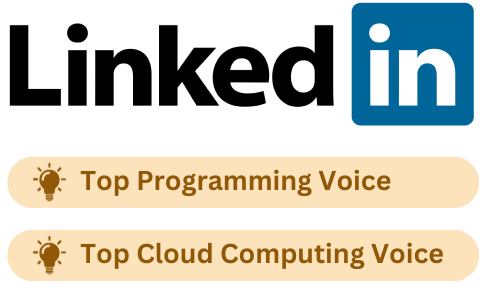
Stop Wasting Time. Start your journey and get hired or promoted.
You've spent months watching tutorials, trying tools, and wasting time with outdated courses. You know enough to be dangerous. What you need now is someone to tell you: Here's the process. Follow this and get hired.




